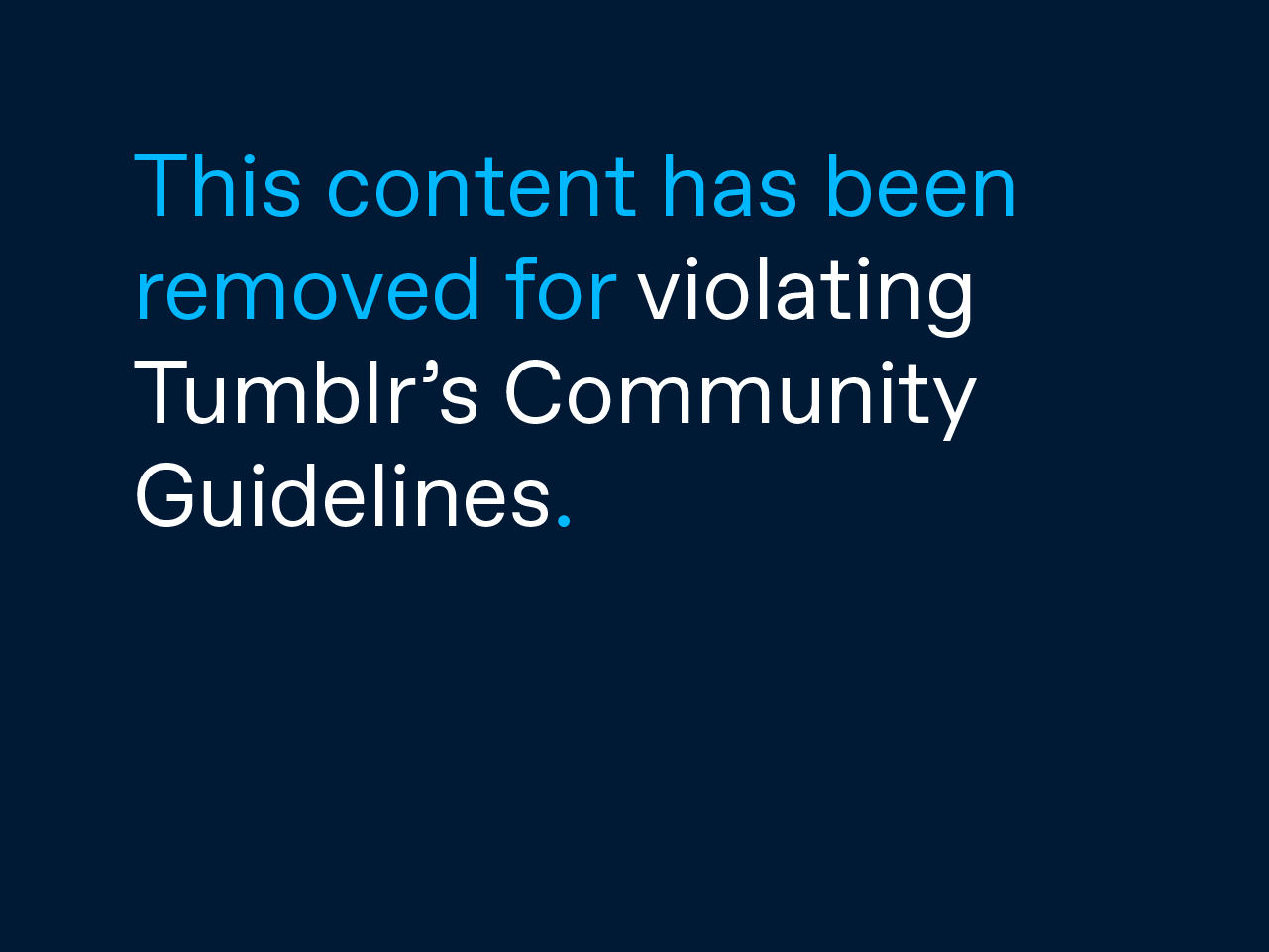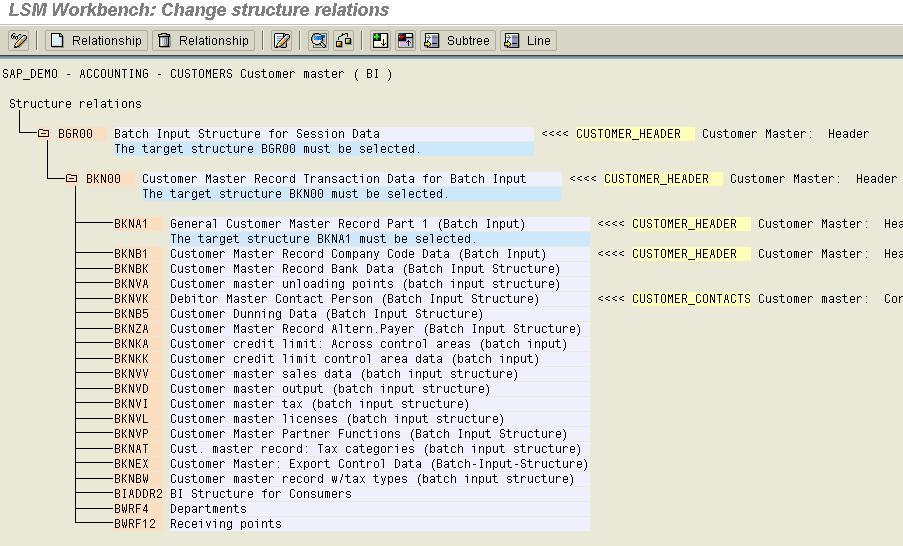- UEFI is a new boot mode and it is usually used on the 64bit systems later than Windows 7; Legacy is a traditional boot mode, which supports 32bit and 64bit systems. Legacy + UEFI boot mode can take care of the two boot modes. UEFI is better than Legacy in many aspects and is promoted by major software and hardware vendors.
- Open Disk Utility for me In the Disk Utility app on your Mac, choose Images Convert, select the disk image file you want to convert, then click Open. Click the Image Format pop-up menu, then choose a new image format. Read-only: The disk image can’t be written to, and is quicker to create and open.
- Dmg Legacy Image Should Be Converted
- Dmg Legacy Image Should Be Converted Free
- Dmg Legacy Image Should Be Converted File

Apple Hardware Test (AHT)
Legacy image should be converted. I just dropped my legacy.dmg file into my 10.9 machine, convert or grab files. – NOTjust - user4304 Sep 1 '18 at 6:02. To convert it to a newer format, open Disk Utility, in the menu Images click on Convert and select the dmg to convert and save it under a new name. Note that there is no one-to-one correspondence between hardware model and AHT. For some models no hardware test could be found, while others seem to have multiple AHT. If you have a bootable.dmg file containing a single compressed HFS+ partition image (e.g. MBR+1.hfs), then use 7Zip to extract the single partition image file (e.g. 1.hfs) and add it to your E2B USB drive (it can be renamed and given a.hfs or.hfsptn file extension).
Description

Apple computers ship with a pre-installed suite of hardware diagnostic tools, known as Apple Hardware Test (AHT). In principle you can start them by holding the d key while booting. Newer models support holding option d to load AHT over the internet. Refer to the official Apple documentation for details: Using AHT on Intel-based Macs, Mountain Lion, Mavericks and Yosemite. Apple redesigned the AHT, now called Apple Diagnostics, for Macs introduced after June 2013. Consult the reference codes to interpret the results.


If however, you reinstalled an older computer from scratch, the diagnostic tools might no longer be available. Unless you have the original disks that came with your computer, there seems to be no way to restore the AHT.
It happens that Apple provides disk images with AHT for most computers, but does not make the links publicly available. Various blogs and forums, mostly Riven by Five and MacForum.ro have gathered a list of download links. The rest were obtained by scraping http://download.info.apple.com/Apple_Hardware_Test/ for all the links of the form 0(18|22)-d{4}-A.dmg.
Even though there's no guarantee that this list is correct or complete, some links can come in very handy to whoever is trying to debug hardware problems.
You can use the following terminal commands to determine the model and board ID of your computer:
sysctl hw.model | awk '{ print $2 }'
ioreg -l | awk -F' '/board-id/ { print $4 }'
Download the AHT for your computer model and use the contents to restore the /System/Library/CoreServices/.diagnostics folder, then reboot while holding d to start the diagnostic tools. Alternatively you may try with a bootable USB stick, as described below. This is also the preferred way on OS X 10.11 or later, where the System Integrity Protection (SIP) no longer allows writing to system folders.
When trying to open an old dmg you may get the error 'legacy image should be converted'. To convert it to a newer format, open Disk Utility, in the menu Images click on Convert and select the dmg to convert and save it under a new name.
Note that there is no one-to-one correspondence between hardware model and AHT. For some models no hardware test could be found, while others seem to have multiple AHT. As the differences are not clear, feel free to try them out, to see which one works best for your hardware.
Sep 16, 2020 8:24 AM
BurnDMG file
DMG files are Mac OSX disc image file. It is commonly used on Mac OSX system, just like ISO file on Windows. Most of Mac OSX software are packed into a dmg file, which can be mounted as a volume within the OSX Finder, thus you can install the software without using a physical disc. AnyBurn can extract dmg file, convert dmg file to iso format, or burn dmg file to a new disc directly. To burn a DMG file, please follow the below steps,
1. Run AnyBurn, then click 'Burn image file to disc'.
Dmg Legacy Image Should Be Converted
2. The 'Burn image file' page will show. You can select the source DMG file by clicking 'Browse' button. The burning drive list will list all writers connected to the computer, please select the correct one from the list if multiple writers are connected.
The default burning speed is the maximum speed allowed. You can select a slower speed from the speed list if needed.
Check the option 'Verify written data' if you want to compare the data written to the new disc with the original data to make sure that the new disc is readable, and all files are identical with the source files.
Click 'More settings...' if you want to change other settings, such as simulation burning, setting number of copies, or burning to multiple drives at once.
Dmg Legacy Image Should Be Converted Free
Click 'Burn Now' to start burning the DMG file.
3. AnyBurn will start burning DMG file to the disc. If the disc is rewritable and not empty, anyburn will prompt you to erase the disc automatically before burning.
Dmg Legacy Image Should Be Converted File
AnyBurn will show the progress information during burning. After the burning completes, you should see the message, 'Burning completed successfully'. If 'Verify written data' option is set, and data verifying completes successfully, you should see the message, 'Verifying media completed successfully'.